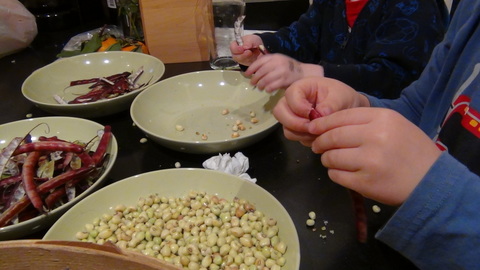
What would the age-based "proficiency curve" of bean processing look like? A linear progression? A rapid increase in proficiency between ages 2 and 6? At what age do individuals reach "full proficiency" in processing beans?
Are there ethnographic data available that would allow me to understand how proficiency at processing various kinds of plant foods changes with age? How about tasks related to gathering? Or planting?
There has been an increase in interest in the lives of children in hunting-gathering societies (see this paper by Nurit Bird-David), and I'm hoping that some quantitative data are available from recent ethnographic studies (e.g., see this 1994 paper by Blurton Jones et al., this 2004 paper by Raymond Hames and Patricia Draper, this 2009 volume edited by Barry Hewlett and Michael Lamb). I'm less familiar with possible sources for quantitative data relevant to modeling age-based changes in children's work proficiency in agricultural societies. Maybe there are government agencies or NGOs that monitor that sort of thing (the site of the International Labour Organization discusses children's domestic work, for example).
Anyway, this blog post is just a placeholder. I'm interested in tracking down some data if they're available (if you know of any, please let me know!).
If there are not suitable data already out there, I might have to generate some of my own through some controlled experimentation. Let me know if you like beans. We may soon be producing a surplus at my house. And I may soon ask to borrow the participation of children of various ages.
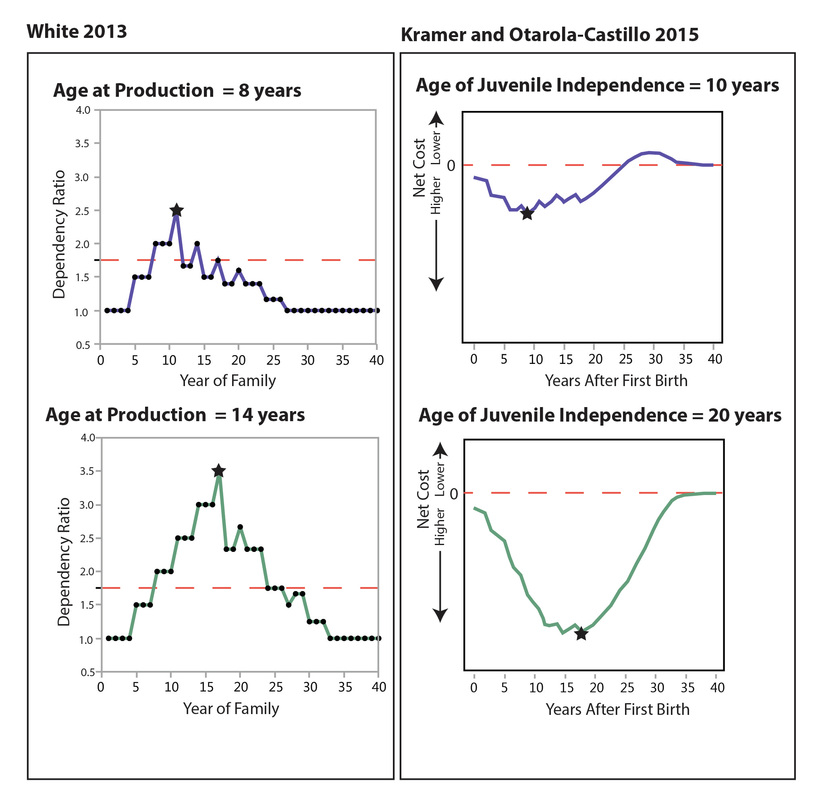
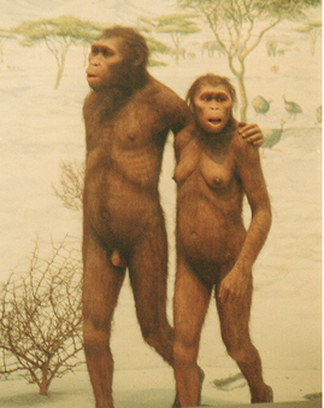
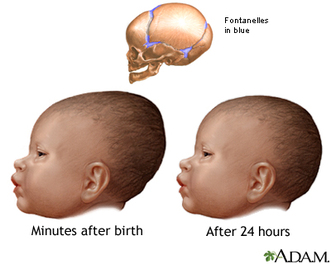
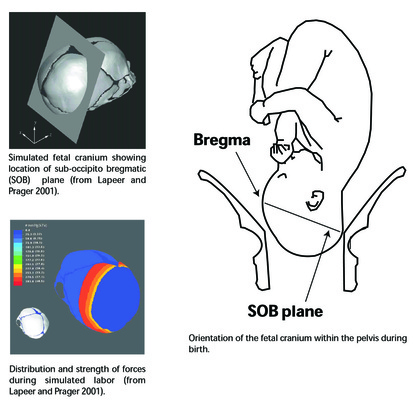
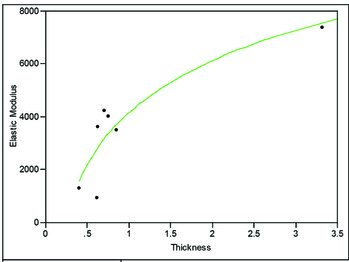
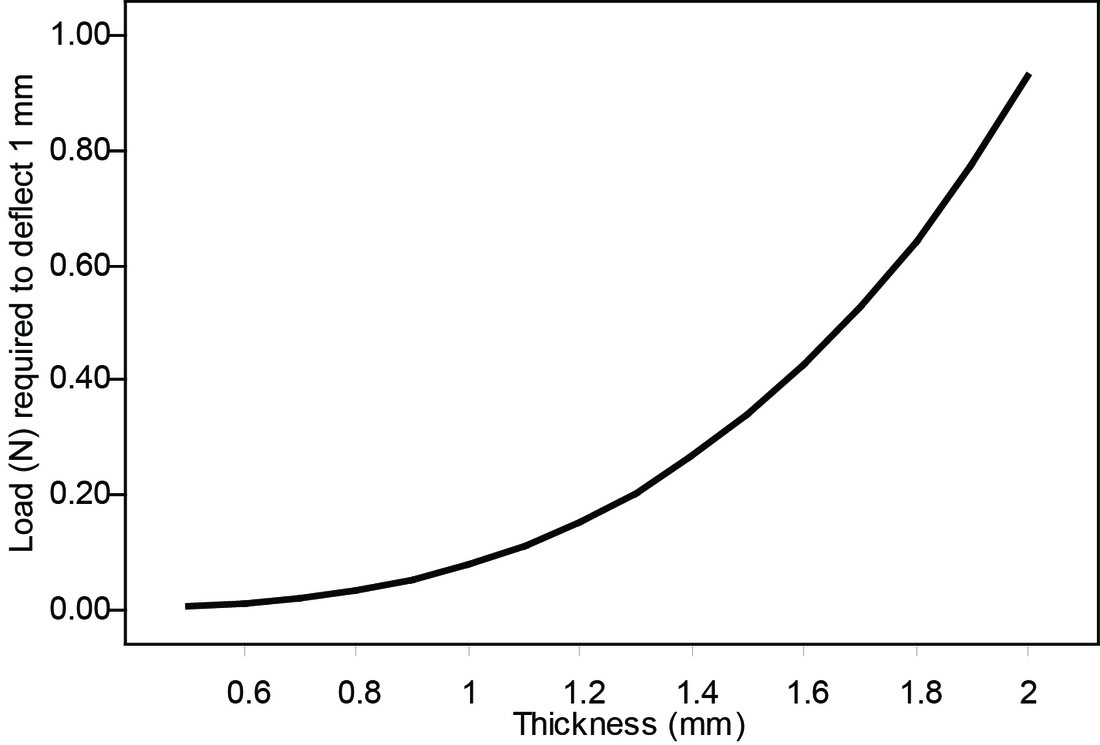
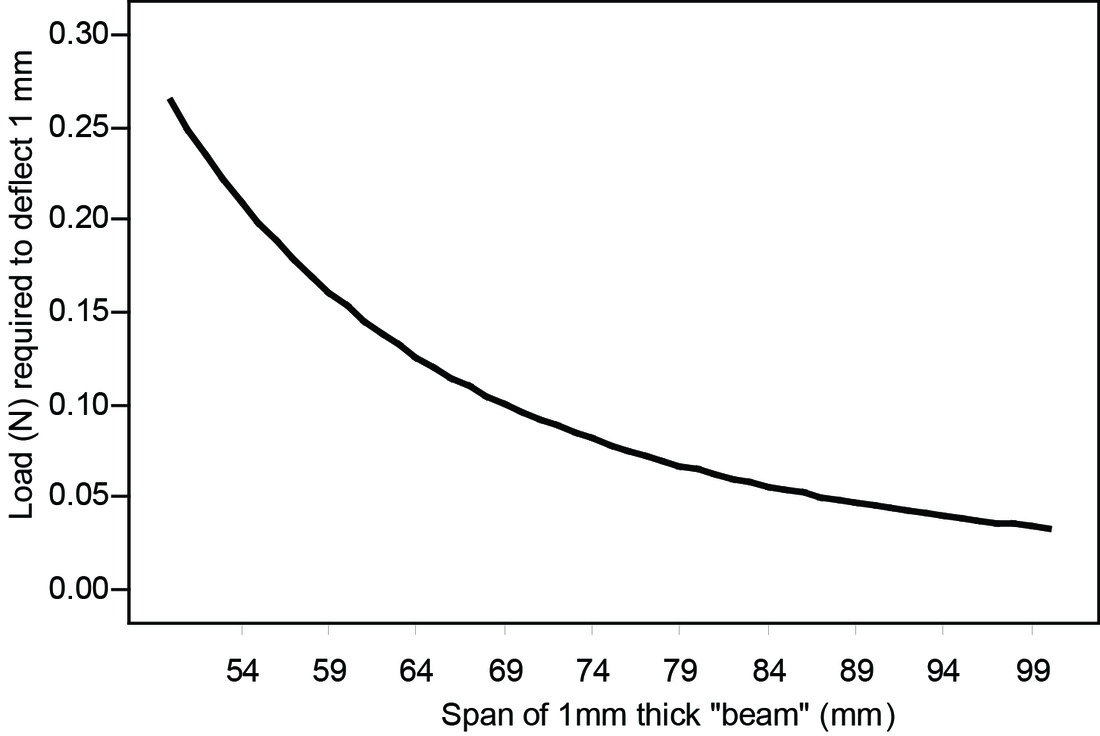
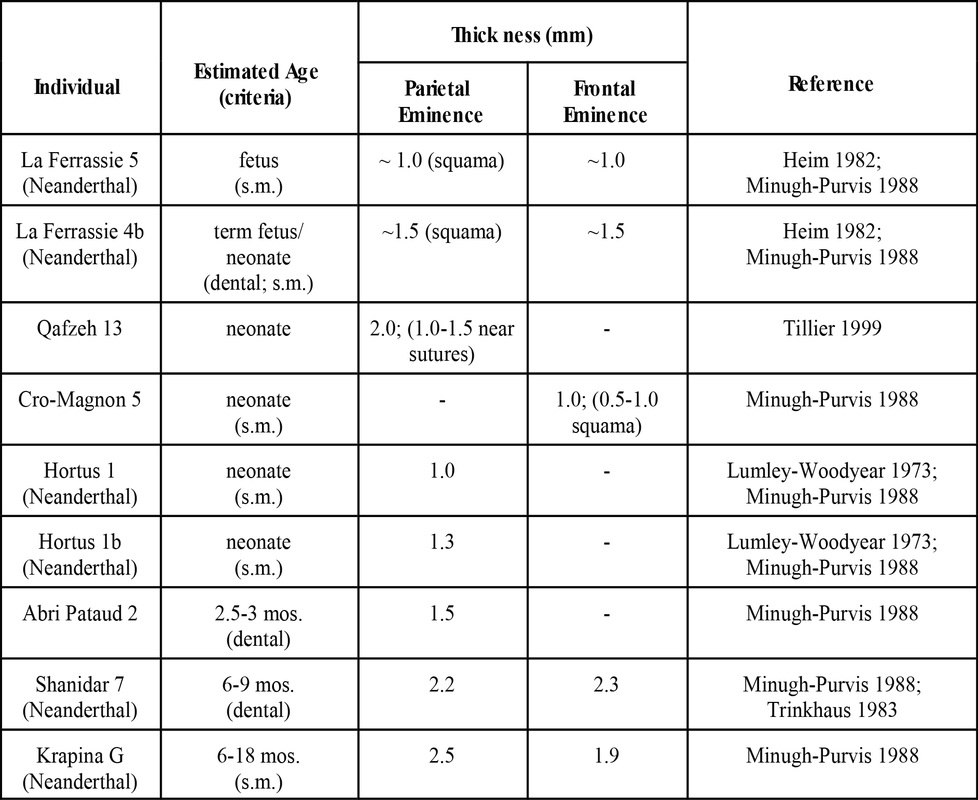
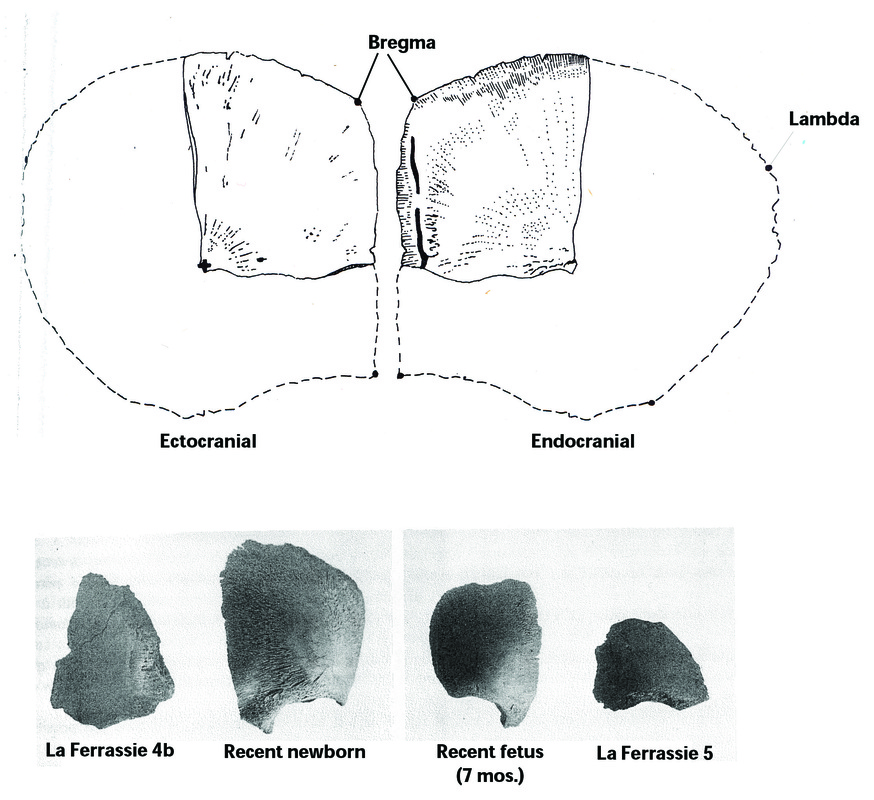
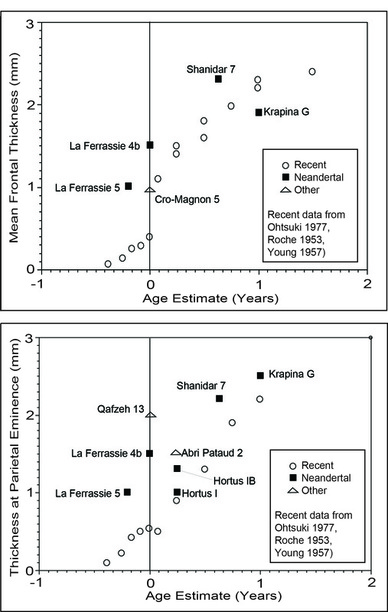
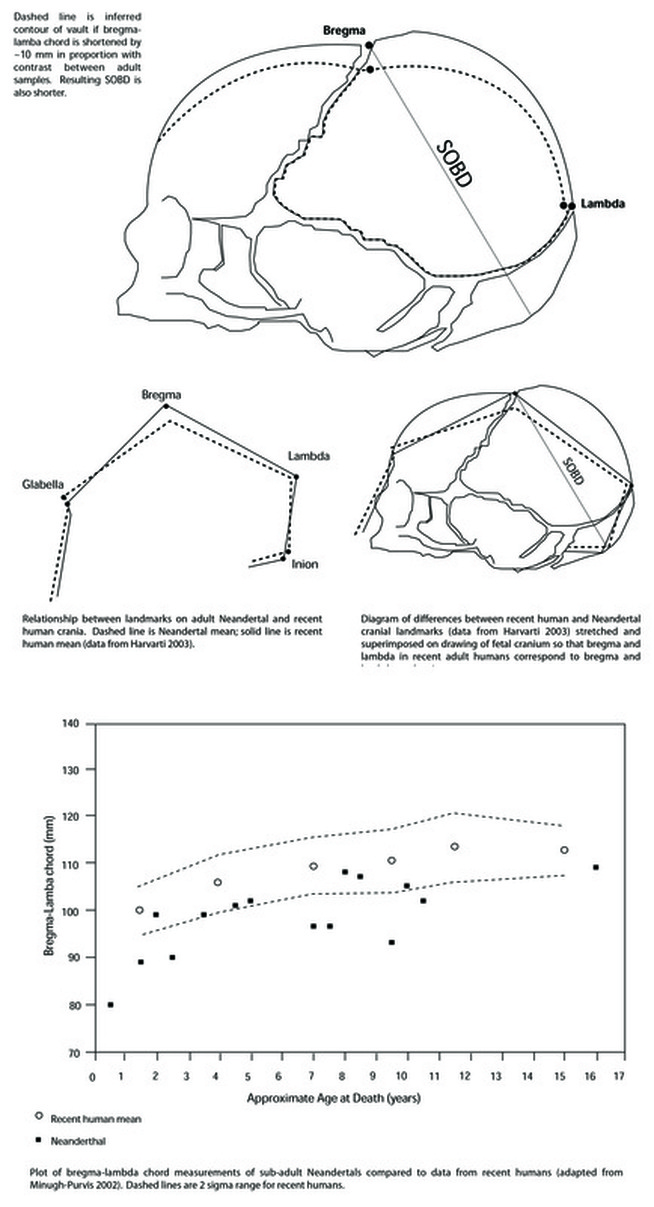
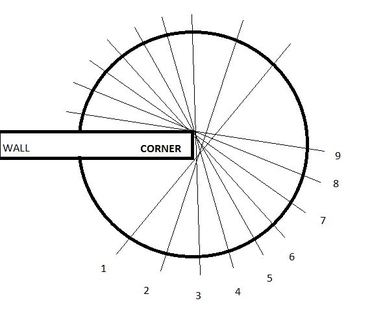
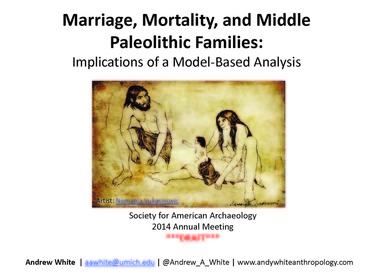


 RSS Feed
RSS Feed
